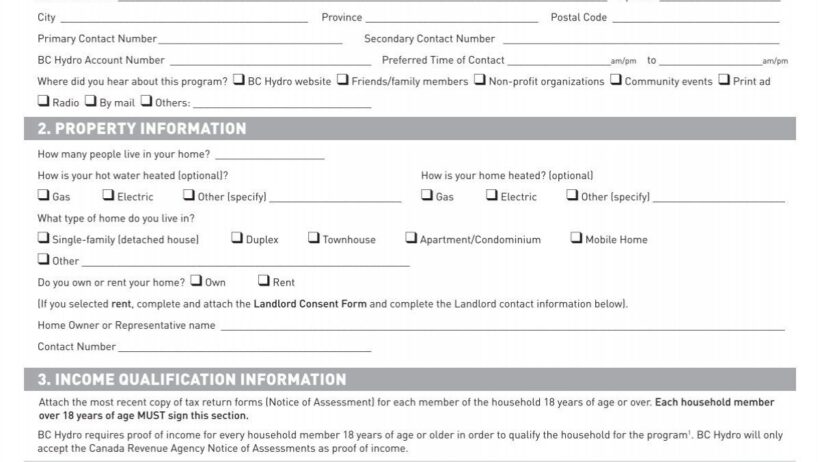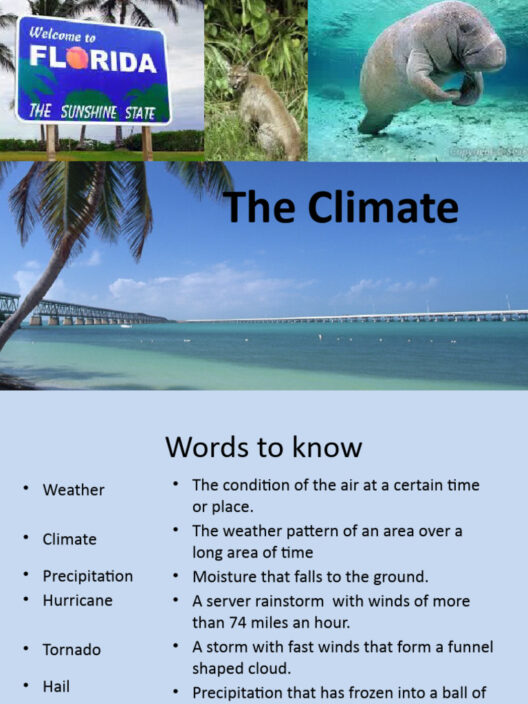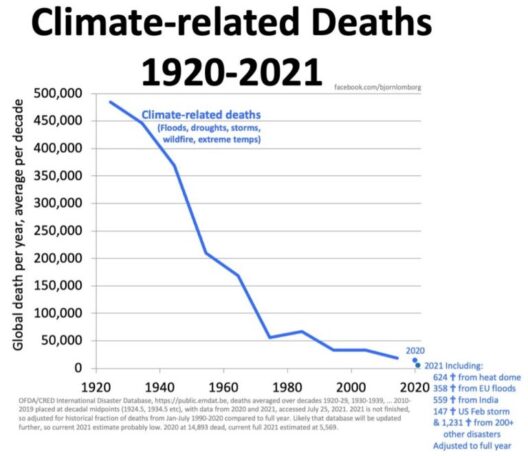Completing an Energy Conservation Assistance Program application form is an important step in reducing energy expenditure and fostering sustainable practices. These forms serve as gateways to potential financial assistance for energy efficiency upgrades. Understanding how to properly complete these forms can greatly enhance one’s chances of approval. Below is an extensive guide on the intricacies of completing an energy conservation form, along with examples and tips.
1. Understanding the Energy Conservation Assistance Program
The Energy Conservation Assistance Program primarily aims to aid low-income households in implementing energy-efficient solutions. This could encompass the installation of insulation, energy-efficient appliances, or even simple measures such as sealing drafts in windows and doors. Familiarity with the overall purpose of the program will simplify the application process and clarify which areas of your home may be most beneficial to mention.
2. Gathering Required Documentation
Documentation is paramount in substantiating your claims on the application form. Initially, gather the following:
- Proof of Income: This usually entails recent pay stubs, tax returns, or other financial documents to demonstrate your eligibility based on income level.
- Utility Bills: Recent energy bills provide insight into your current energy consumption, illustrating the necessity for assistance.
- Identification: A government-issued ID or a social security card may be required to confirm your identity.
Assembling these documents ahead of time streamlines the application process, preventing unnecessary delays.
3. Comprehending the Form Structure
Energy conservation application forms typically contain several key sections:
- Personal Information: This includes your name, address, and contact details.
- Household Composition: Information regarding all members living in the household, including their ages and income.
- Energy Consumption Details: A breakdown of your current energy usage and any existing energy-saving measures in your home.
- Requested Assistance: Here, outline the specific upgrades or assistance you are requesting.
4. Filling Out Personal Information
Accurate personal information is crucial. Double-check for any typographical errors. Consider using a clean, legible font if submitting a paper application. Miscommunication can lead to unnecessary complications, so ensuring clarity and readability is essential.
5. Detailing Household Composition
The household composition section is designed to illustrate the economic context of your application. Each member’s income and status play significant roles in determining eligibility. It is beneficial to provide context, such as any unique circumstances affecting your household finances.
6. Articulating Energy Consumption
Articulating your energy consumption necessitates a comprehensive understanding of your utility bills. This is where recent utility statements come into play. Highlight any spikes in energy use due to special circumstances, such as medical equipment or other essential devices that rely on electricity. This section is vital for demonstrating a genuine need for assistance, aided by quantitative data.
7. Specifying Requested Assistance
This segment of the form allows applicants to specify the upgrades or assistance needed. Use this opportunity to be explicit. For instance, if you seek insulation installation, mention existing insulation types, and any issues with energy loss. Demonstrating a clear rationale will enhance your application’s strength.
8. Providing Supporting Evidence
If possible, include supporting evidence. This might entail photographs of current energy fixtures, letters from energy specialists, or even testimonials detailing the ineffectiveness of current systems. Enclosing these documents not only bolsters your application but also showcases your proactive approach to energy conservation.
9. Review and Edit
Prior to submission, it is imperative to meticulously review your completed form. Ensuring that every section is accurately filled and that all required documentation is attached can significantly increase your chances of approval. Consider having a trusted friend or family member read through your application to identify any areas that may need clarification or correction.
10. Submitting the Application
When you are prepared to submit your application, ensure you understand the submission guidelines. Is it electronic? If so, confirm the submission platform is secure. If submitting via mail, opt for certified mail to confirm receipt. Keep a copy of your application for your records. In case you encounter delays or issues, having your documents readily accessible can mitigate inconveniences.
11. Follow-Up After Submission
After submission, follow up. This can be a simple inquiry about the status of your application. A proactive approach demonstrates your enthusiasm and seriousness regarding energy efficiency. Keep track of your communications in case further documentation or clarification is required.
Error-free completion of the Energy Conservation Assistance Program application is critical. By understanding the requirements, gathering necessary documentation, and articulating your specific needs, you can optimize your chances of receiving energy assistance. Remember, diligent preparation and clarity in communication are essential components of a successful application.
Whether you are well-versed in energy conservation practices or just beginning your journey, each step taken toward completing the application brings you closer to making significant changes that benefit both your household and the environment.







